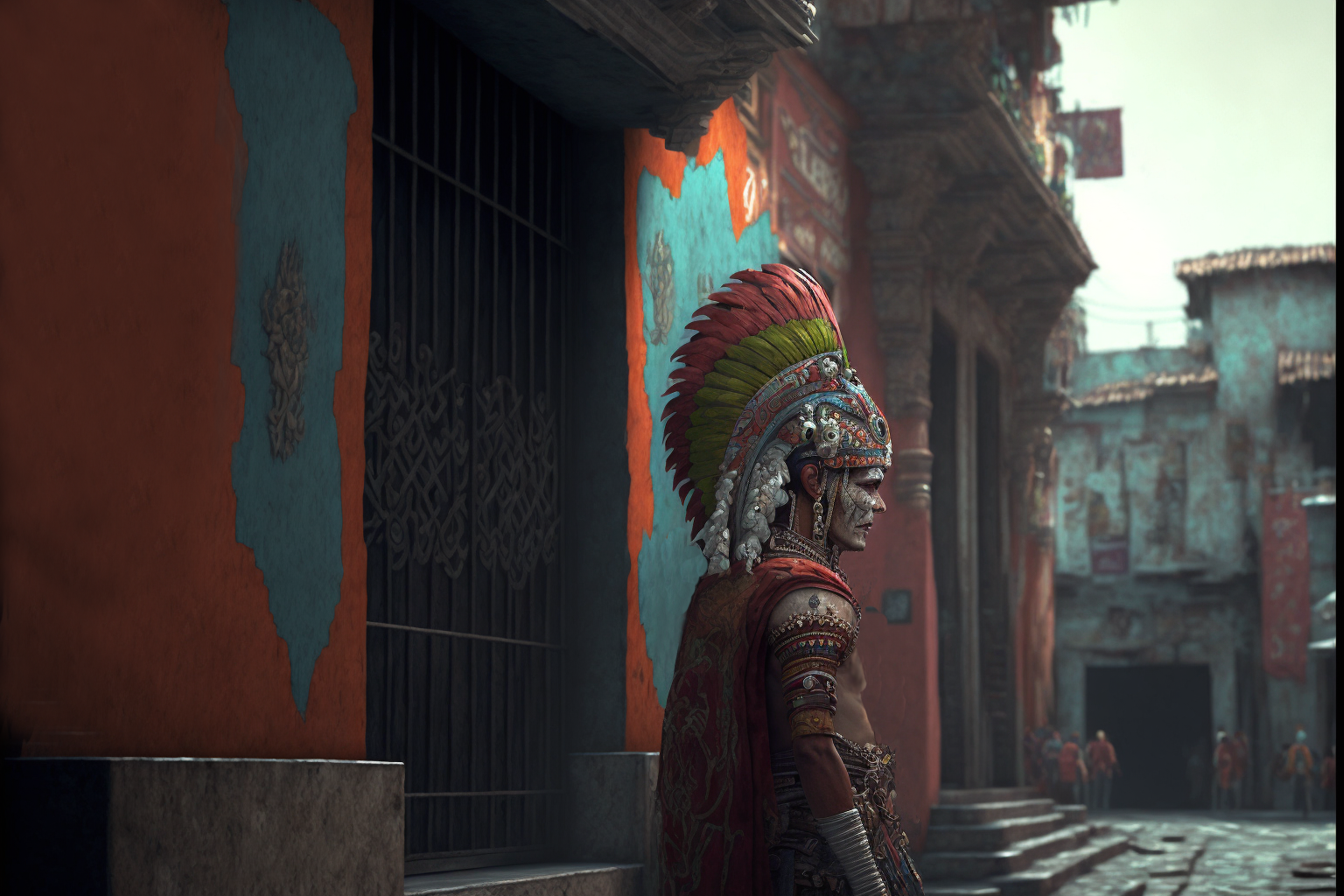In the SAKE system, any dangerous place can be a dungeon, such as the palace of a powerful enemy lord, a dense and perilous jungle, a pocket of the Otherworld, as well as more traditional locations like mines, necropolises, and other underground structures.
Playing in a dungeon is divided into Dungeon Turns, during which PCs roll percentages for Hazards and Opportunities and can perform individual actions such as mapping, searching for traps, and seeking out secrets.
To start, download the GM’s Dungeon Sheet: https://sake.ee/downloads/ (You also find the Dungeon Crawling rules there).
You will fill it with content, and when it’s done, you will be ready to run your dungeon.
For an example dungeon, I am creating a dungeon for the #dungeon23 project. Those who have been following the blog for a while know that as part of this project, I am creating a city called Irongate. However, if you are reading for the first time, don’t worry, you don’t need to know anything about Irongate or my #dungeon23 project to create a dungeon.
In any case, there will be a building in the city of Irongate that will later become the PCs’ home base, but first, they must retake it from a criminal drug gang that has taken over. So our dungeon already has a final boss (the gang leader) and a goal for why the PCs are entering the dungeon.
Our dungeon is the city districts around the player’s house. I have drawn a map of these districts, but, it is not necessary to draw a map to design the SAKE dungeon because the dungeon is expressed as a scheme. However, the map is helpful in illustrating the process.

The SAKE dungeon consists of sectors that can be traversed within one Dungeon Turn at a normal speed, with Scripted Encounters in between.
The first Scripted Encounter we know that’s going to happen is the very last Scripted Encounter, which is a fight against the Iron Runners gang boss Tzakla Ulu and the conquering of the PCs’ future home. For this, we will use a separate battle map, and it will be a long combat segment. We will be designing that later.
The second Scripted Encounter will be the reservoirs and canals around the city districts because the players may question whether it is possible to avoid traversing the districts and instead cross these bodies of water by swimming or finding a boat to reach the final boss. This would mean the PCs would bypass most of the dungeon, but such an option must remain available to them. Therefore, we define this as a Scripted Encounter.


Now, let’s get back to the big picture. First, we need to decide on the theme of the dungeon (cave, castle, necropolis, etc.) – I’ve decided on a city district.
The dungeon type will be a Quantumcrawl, which means that the dungeon will be in a Pointcrawl format, but the Scripted Encounters in this dungeon won’t just depend on where the PCs are.
Next, we need to decide on the length and duration of the Dungeon Turn. We can assume that the PCs will be able to move through the city streets at a relatively normal pace, but since they are in a dangerous area, their normal walking speed will be a bit slower as they try to stay alert to any dangers.
Let’s say the Dungeon Turn is about 200m long, and the PCs can traverse it at a cautious pace in 5 minutes.
Finally, we need to determine the Dungeon Mapping Difficulty Level – DL 4 seems sufficient in the context of a city. Although the streets may be winding and complex, getting lost should only happen in cases of bad luck.

Next, it’s time to divide the entire dungeon into sectors. Each sector takes one Dungeon Turn to traverse at a normal speed, during which Hazards and Opportunities are rolled and each PC has one Action. Scripted Encounters may occur between sectors.
I’ll divide the dungeon into 12 sectors, which means it’s a fairly large dungeon, but to reach the final encounter, only 3 sectors need to be traversed if taking the shortest path. Based on this knowledge, we’ll prepare only a few Hazards and Secrets. It can be assumed that the PCs won’t wander in the dungeon for long.

Next, lets start adding Hazards and Secrets.

To be continued …



























Leave a Reply